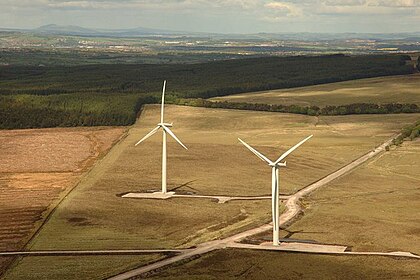Wind turbines play a crucial role in Europe’s energy transformation. Across the continent, countries invest heavily in this technology to reduce carbon emissions and increase renewable energy output. Coastal and inland regions alike witness the rise of towering wind structures, signaling a shift toward sustainable power sources. This expansion addresses both environmental goals and energy security concerns, as European nations aim to decrease dependence on fossil fuels. Moreover, the integration of wind energy into the grid involves sophisticated planning and innovation, ensuring a stable supply despite the intermittent nature of wind. Consequently, communities benefit economically from job creation and infrastructure development linked to this green transition.
Wind Turbines Accelerate Europe’s Clean Energy Shift
The surge in wind turbine installations marks a turning point in Europe’s clean energy ambitions. Governments promote favorable policies and incentives to attract investments, resulting in rapid capacity growth. Offshore wind farms, in particular, showcase impressive scale and efficiency, harnessing stronger and more consistent winds. Meanwhile, advances in turbine technology increase output while reducing costs, making wind power more competitive. Energy providers adapt grid management techniques to accommodate fluctuating supply, employing storage solutions and smart systems. Collectively, these efforts signify a proactive response to climate challenges and an opportunity to lead in global renewable markets.
Strategic Developments Drive Wind Power Integration
Europe’s approach to embedding wind energy involves coordinated infrastructure upgrades and cross-border cooperation. Transmission networks expand to connect wind-rich areas with demand centers, optimizing resource distribution. Furthermore, research institutions and private sectors collaborate to improve turbine designs and environmental impact assessments. Public acceptance grows as communities witness tangible benefits, including cleaner air and local economic uplift. Regulatory frameworks evolve to streamline project approvals while balancing ecological concerns. These dynamics reflect a comprehensive strategy that goes beyond installation, focusing on long-term sustainability and resilience within the continent’s energy landscape.
